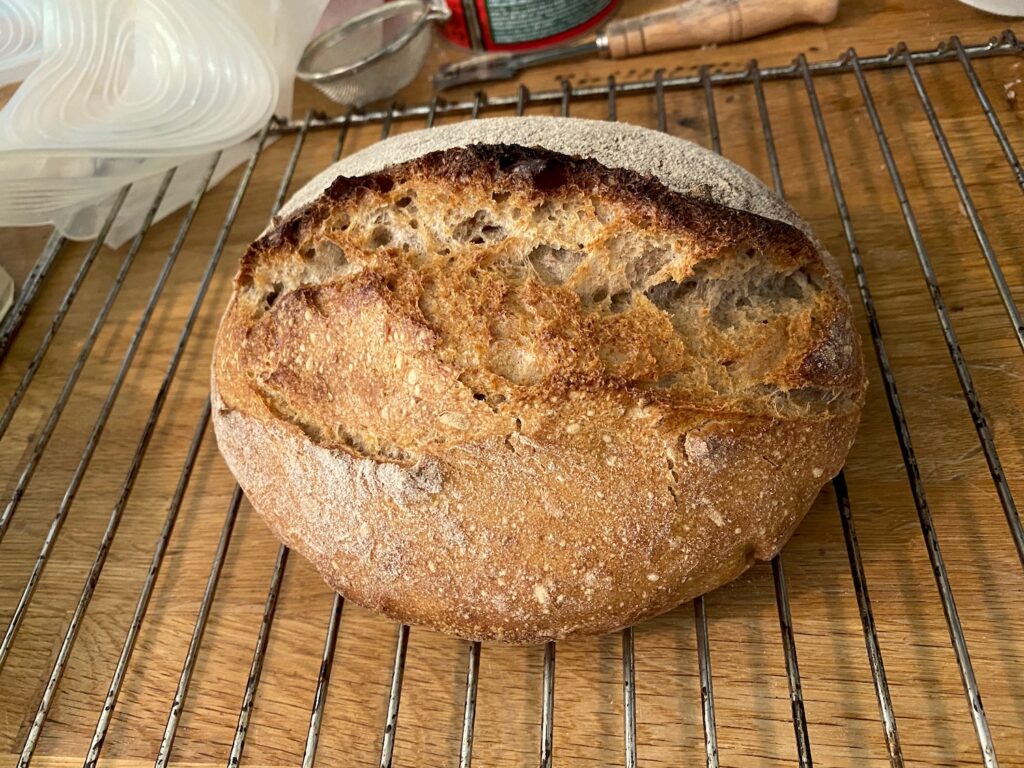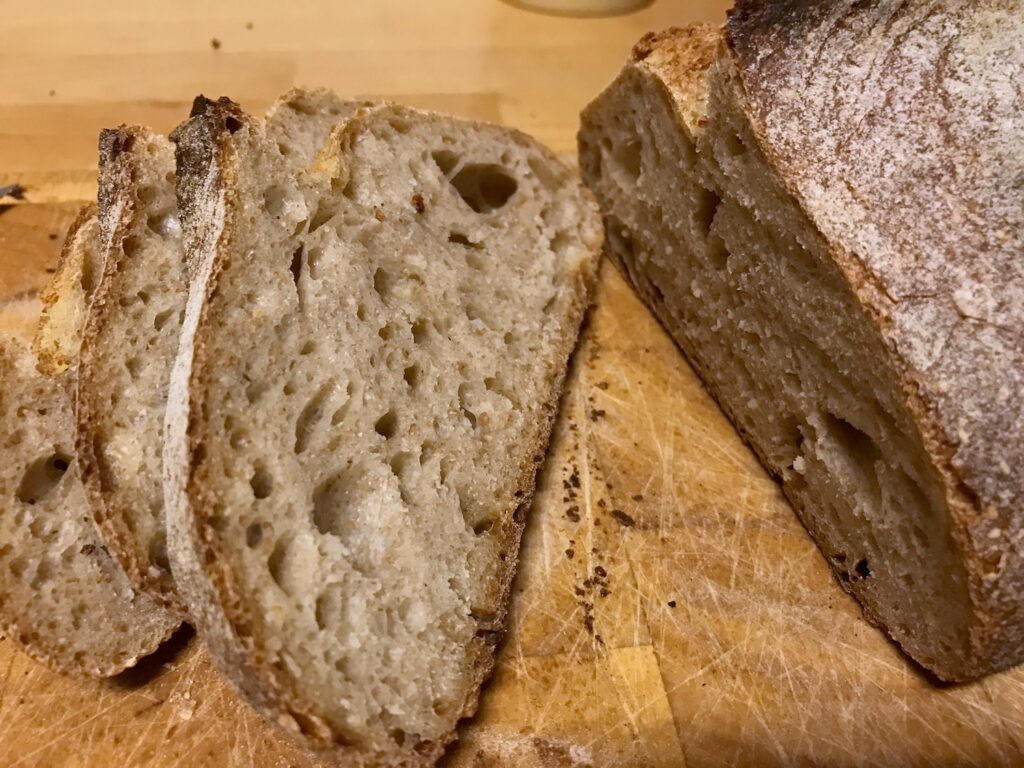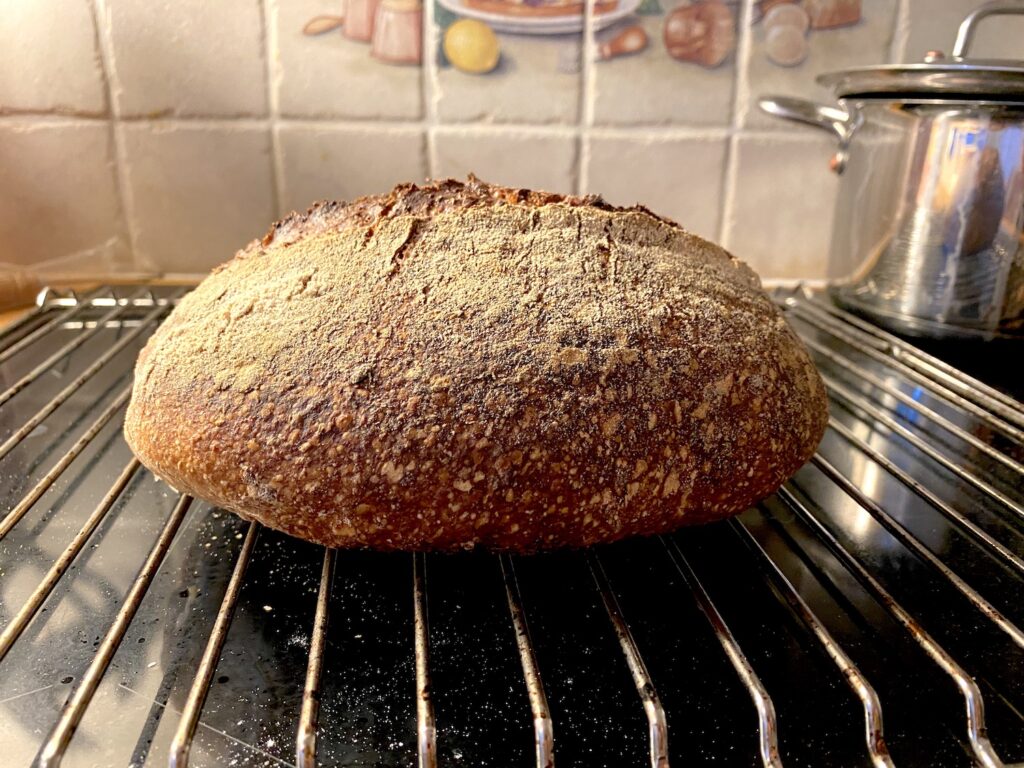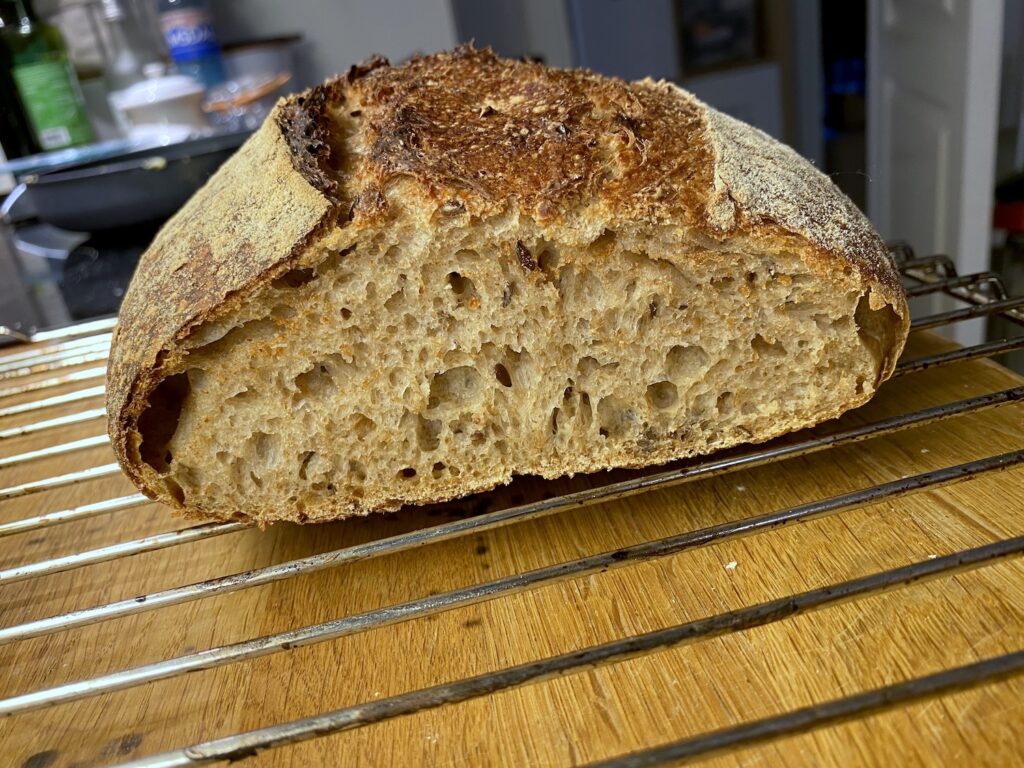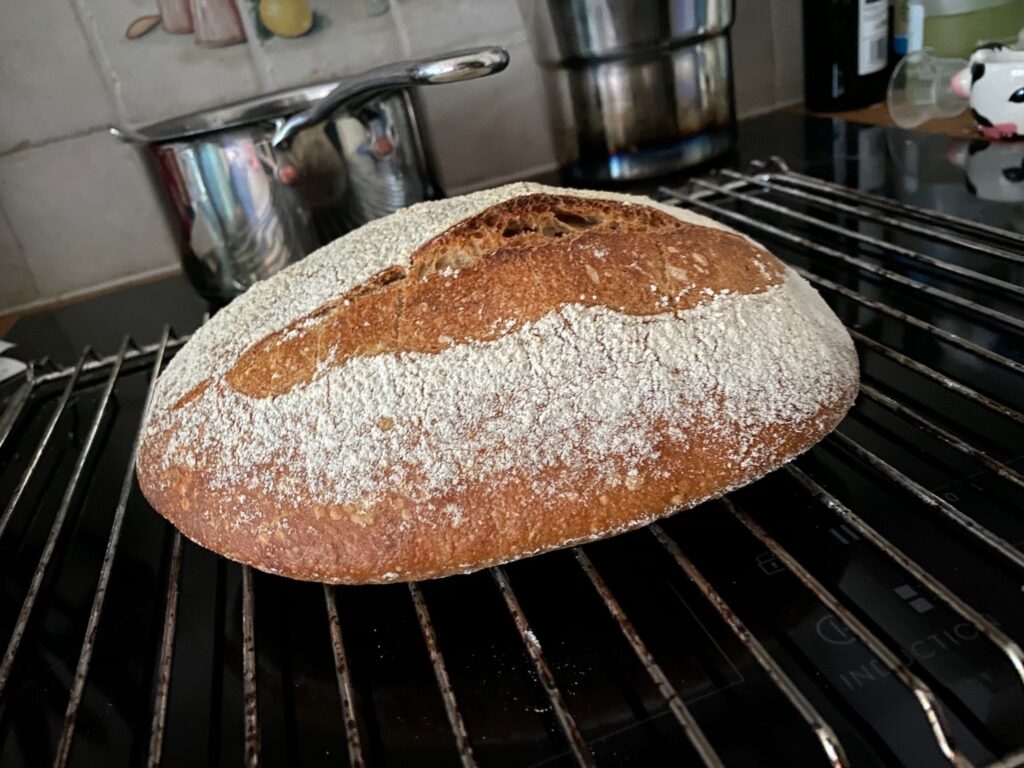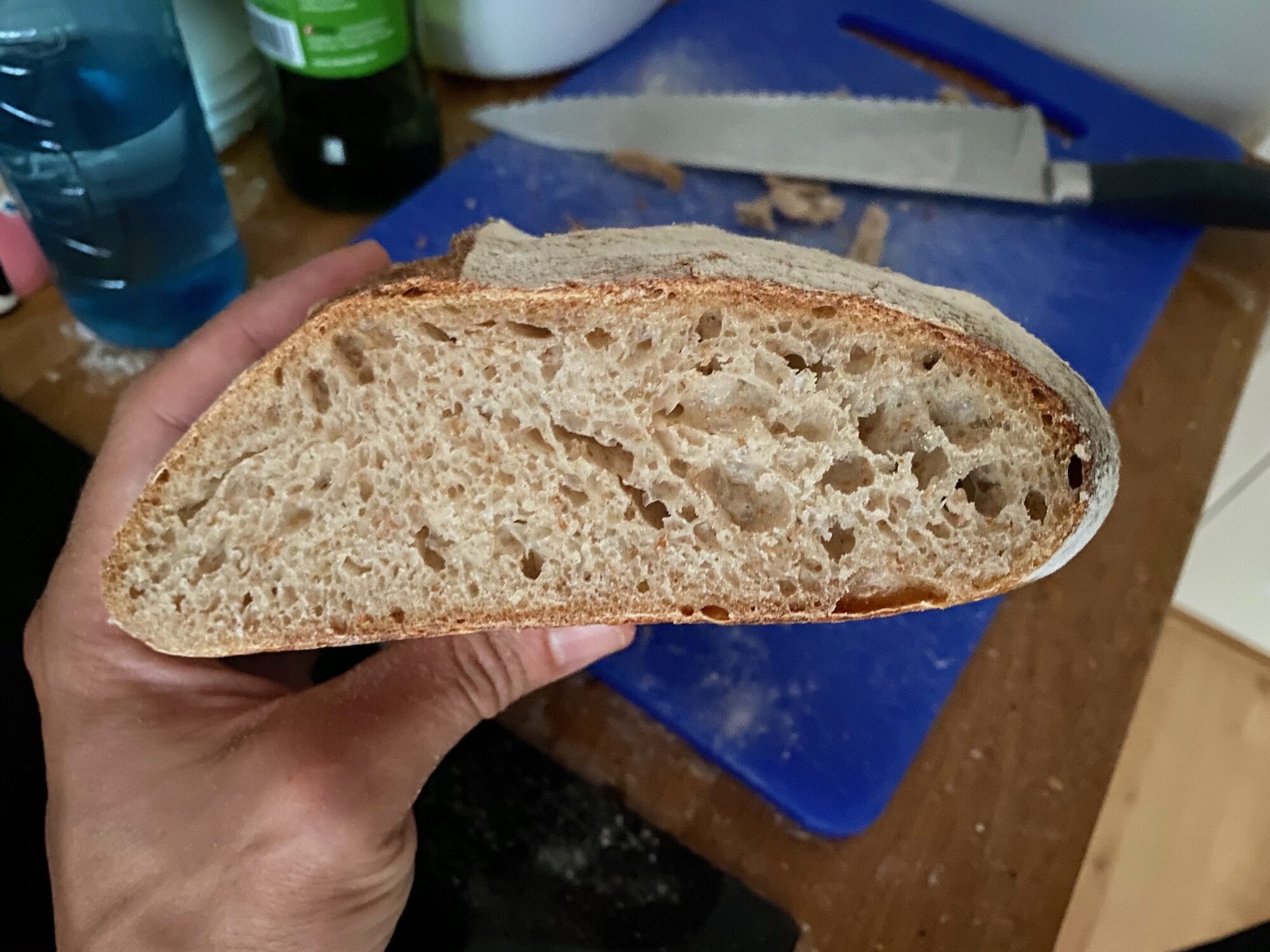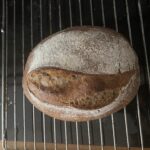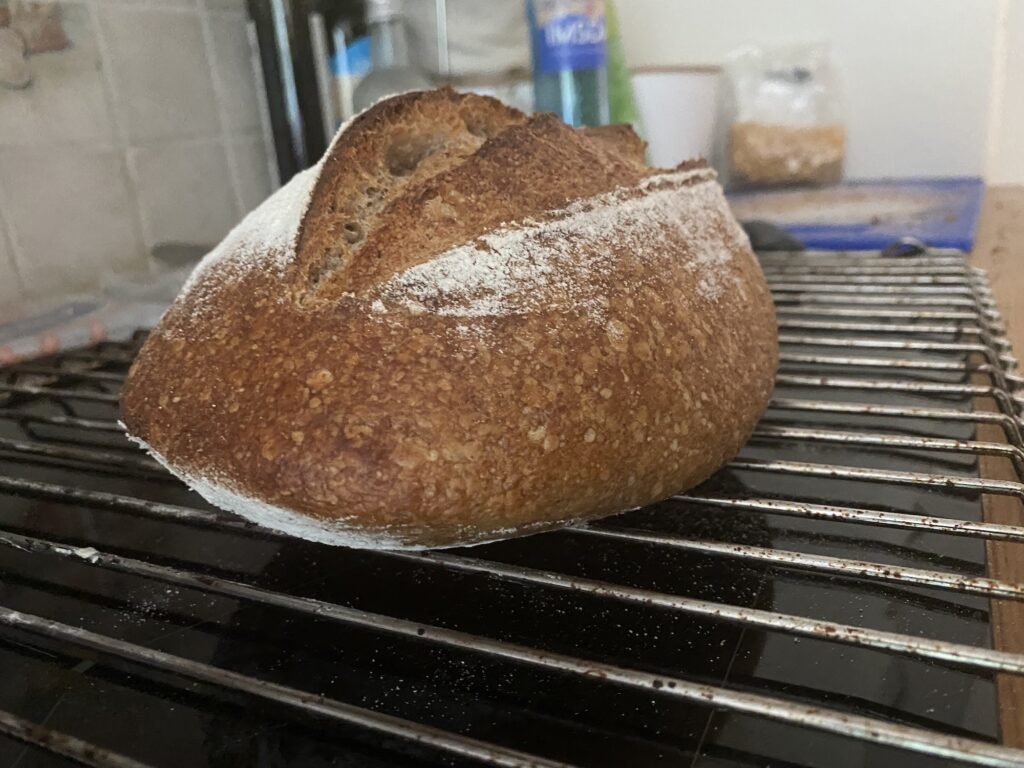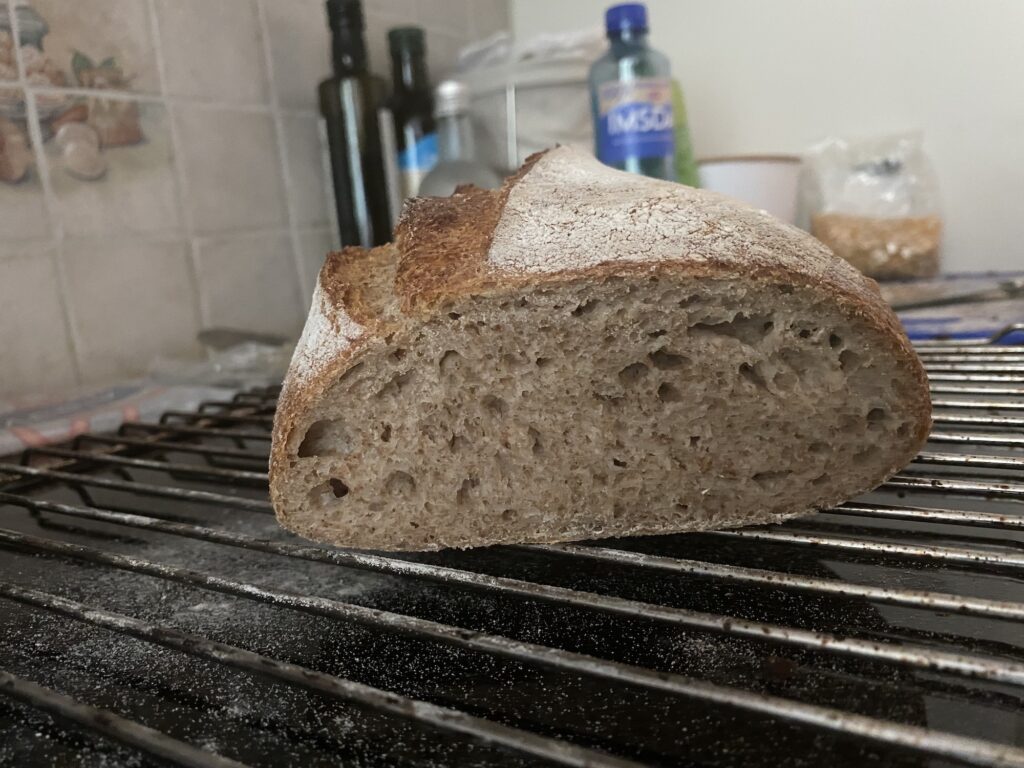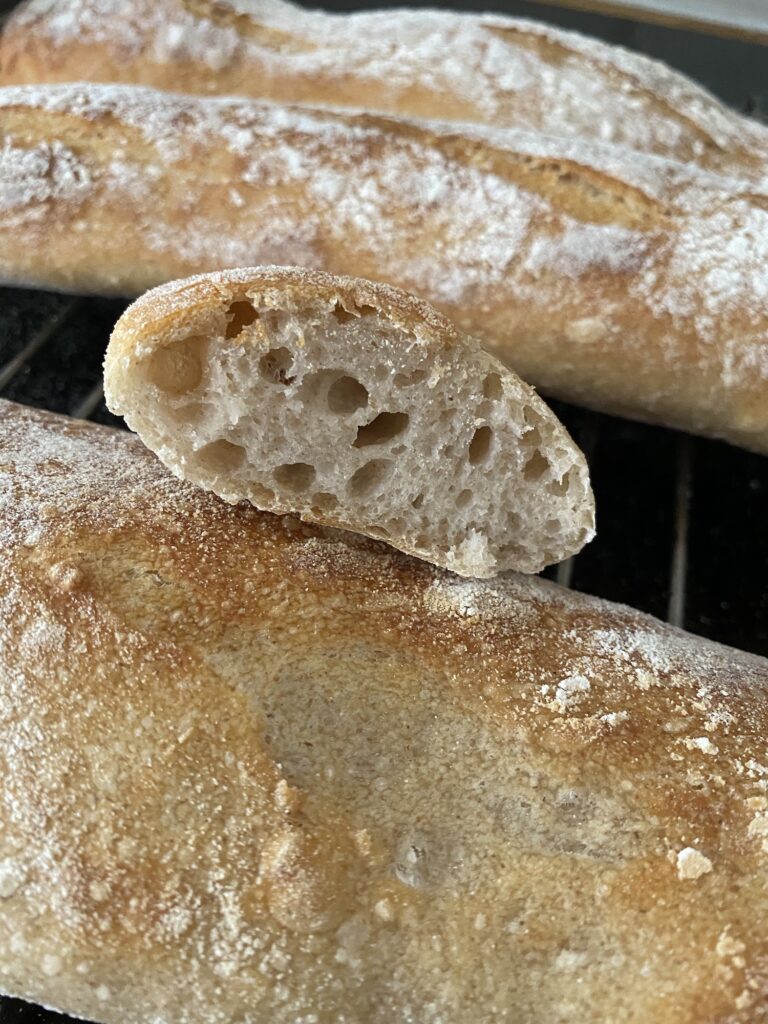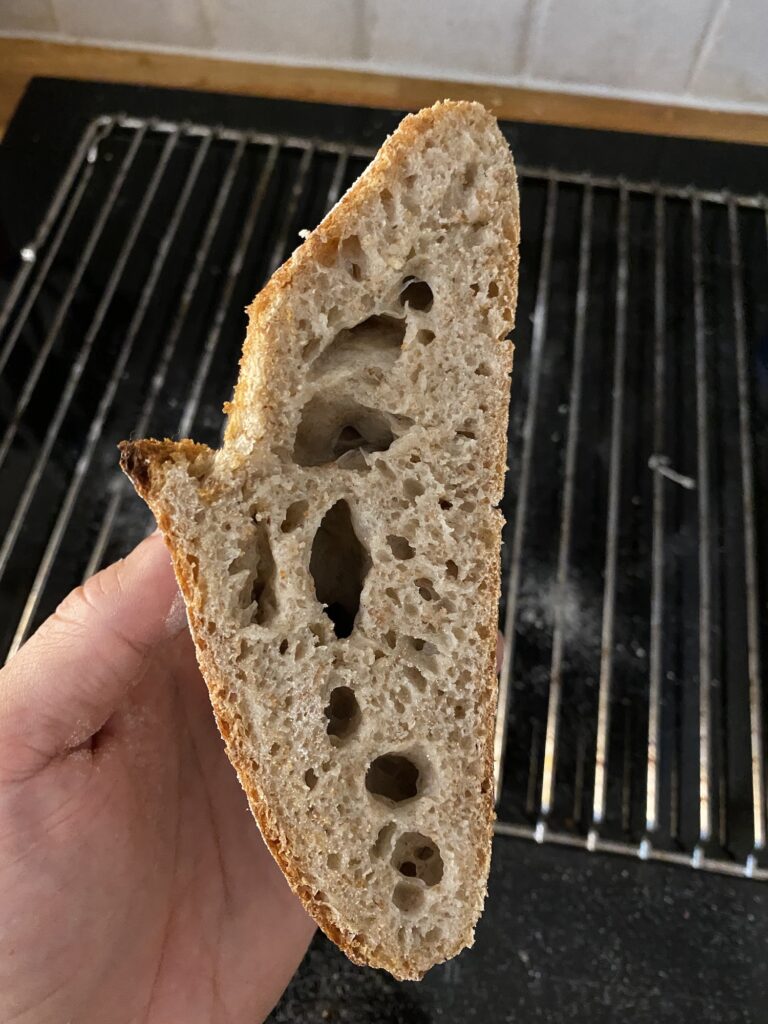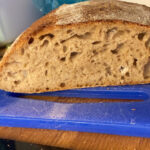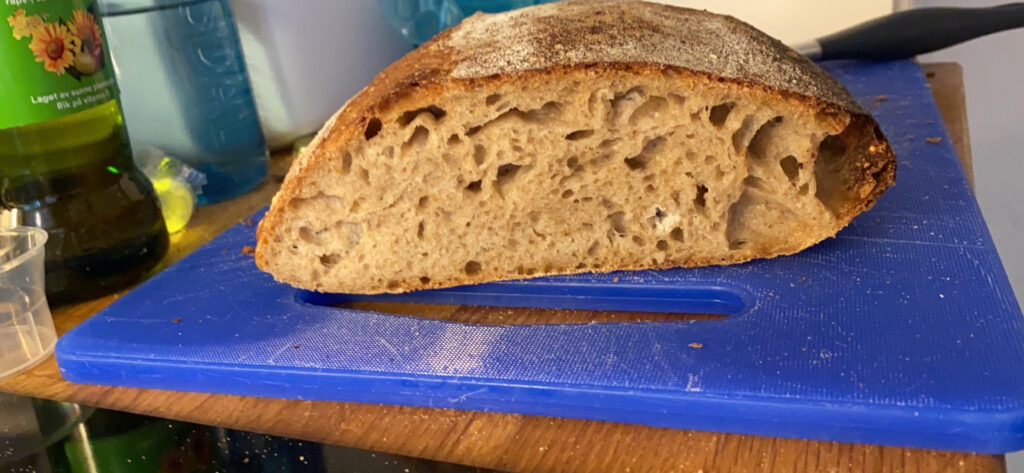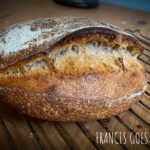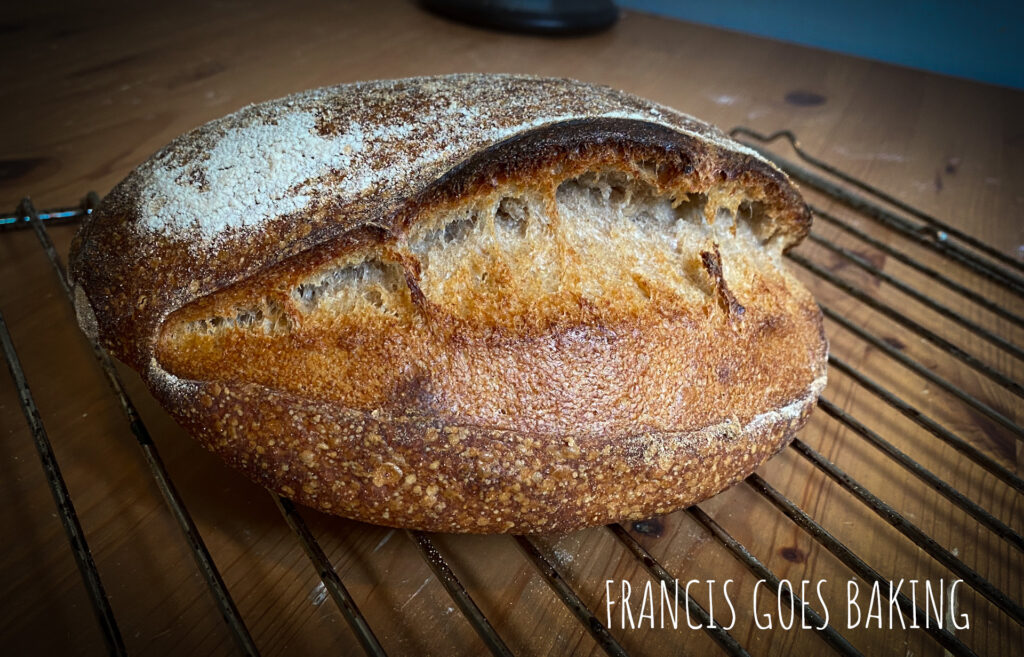Faz pouco mais de três anos que escrevi algo aqui nesse blog. A displicência é tamanha que o aniversário de 20 anos desse espaço passou completamente em branco. Em março de 2003 escrevi o meu primeiro blog no antigo maneblog.mgate.com.br, depois migrado para mane.blog.br.
Eu sinceramente não sei que rumo dar à esse blog (ou a qualquer coisa – não sou muito bom de rumo :). Esse blog me dá um pouco de vergonha alheia. Quer dizer, vergonha de mim mesmo. Não, é vergonha alheia mesmo – não me reconheço mais do no que escrevi. Eu mudei, o mundo mudou. Vinte anos… Nesses últimos vinte anos Lula foi presidente do Brasil pela primeira vez. Bem na época que eu mudava de casa. A internet ainda era discada quando esse blog começou. Lula se reelegeu, e eu finalmente me mudei para meu próprio apartamento (alugado).
Nesses anos, foram várias tentativas de usar esse blog para algo mais: tentei colocar receitas de pães durante a pandemia, podcasts, e artigos políticos.
Vinte anos depois, encontro-me do outro lado do mundo, já sem as antigas pretensões. Será que eu sonhava em ter uma grande audiência, ser famoso? Eu não consigo lembrar do que se passava pela minha cabeça quando criei esse blog. Imagina se, ao invés de um blog, eu tivesse criado algum produto fantástico e vendido depois por uma fortuna. Não, criei um blog que não me atrevo a ler.
Minha vontade é tirar do ar. Ao usar o blog hoje, percebo como tecnologias como WordPress envelheceram mal. Tudo é lento, tem que instalar mil plugins, etc. Também caí em uma esparrela: a falta de costume de escrever em português deixou-me ainda pior no trato com o idioma. Ou seja: virei um quase analfabeto em três línguas. Hoje tenho uma página pessoal/blog em inglês, e um blog em norueguês, que criei para poder despejar minhas opiniões impublicáveis em outros lados. Sem falar no Mastodon, Friendica ou Pixelfed, sites que hoje consomem minha atenção.
Eu tinha esperança de que este blog seria minha ponte com a minha casa. Mas as pontes são outras: Facebook e Folha de S. Paulo. A negligência com esse espaço fez com que eu tenha perdido um elo com aqueles que ainda checavam o que aqui se passava.
Mas talvez, apenas talvez, eu ainda não tenha desistido de escrever. Tenho ainda uma pequena ambição de voltar a dar palpite sobre tudo. Vou pensar direitinho, mas o mais provável é que eu arquive tudo, apague a luz e diga um “tchau” a fazer eco na sala vazia. Não sem quem vai vencer: a compulsão por nunca deletar nada ou a vergonha de, no juízo final, ser perguntado pelo que escrevi aqui. De repente, se eu apago, não encontram mais nada e passa despercebido…
Ou então, vou me despedir à brasileira, dizendo um “volto daqui a pouco”, bem tipo esse verso de Rui Veloso na canção “Postal dos correios”:
“Já não tenho mais assunto pra escrever
Cumprimentos ao nosso pessoal
Um abraço deste que tanto vos quer
Sou capaz de ir aí pelo Natal “




